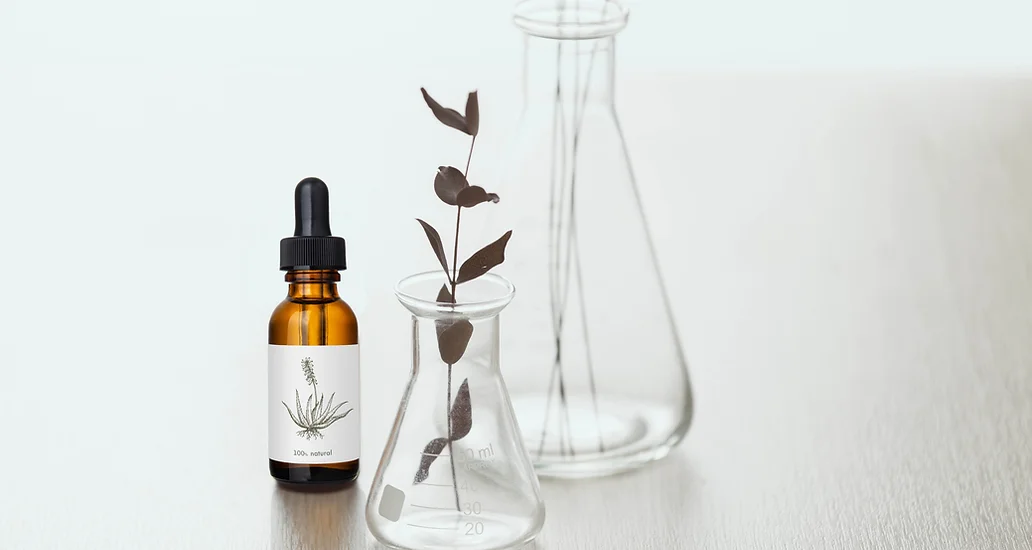
Homeopathy is a system of medicine first developed over 200 years ago by a German physician named Samuel Hahnemann. Hahnemann became dissatisfied with the medical treatments of his day, seeing that they so often caused more damage than good in the treatment of patients. This disillusionment led to his quitting medical practice for a time. During this period of time he earned his living translating medical literature into several different languages.
While translating a text by Willam Cullen into German, Hahnemann questioned the truth about what was written on Cinchona bark. Cullen theorized that the reason Cinchona was useful for treating malaria was due to its bitter taste. Hahnemann then decided to ingest the bark himself to see how it affected him. After ingestion, Hahnemann experienced a dramatic symptom picture mimicking malaria. This led to his discovery that “like cures like”, known in Latin as similia similibus curentur. This law is the main principle of homeopathy, namely that whatever symptoms a substance can produce in a healthy person, are the same symptoms that the substance can treat in a person who is sick.
Over time Hahnemann would discover that the more he diluted the medicines, the more powerful their action became and the gentler they were on the body. Along with the discovery of dilutions, he also found that succussions (vigorous shaking) between dilutions served to further increase the remedy action.
Since that time many hundreds of remedies have been proved and found useful for the treatment of patients with myriad ailments, both acute and chronic.
In his writings, Hahnemann laid out a framework for the application of homeopathy for the treatment of acute and chronic disease. This framework for case taking and prescribing has withstood the test of time and the basic principles are unchanging. The methods employed for the treatment of people are the same methods used in veterinary homeopathy. Successful treatment of veterinary patients requires a dedicated and observant owner working in tandem with the veterinary homeopath. Teamwork between the veterinarian and owner is crucial to determine the best remedy and assessment of response.
Many people first experience homeopathy with the use of arnica for bruising and pain. The response to homeopathic medicines for acute conditions like traumatic injuries is often so remarkable that it motivates people to use homeopathy for their chronic ailments as well.
In paragraph 2 of the Organon, Hahnemann states the goal of homeopathy: “The highest ideal of cure is rapid, gentle and permanent restoration of the health, or removal and annihilation of the disease in its whole extent, in the shortest, most reliable, and most harmless way, on easily comprehensible principles."
Good homeopathic treatment addresses not merely symptoms, but also the susceptibility of patients, making them less susceptible to disease in the future and stronger on the whole.